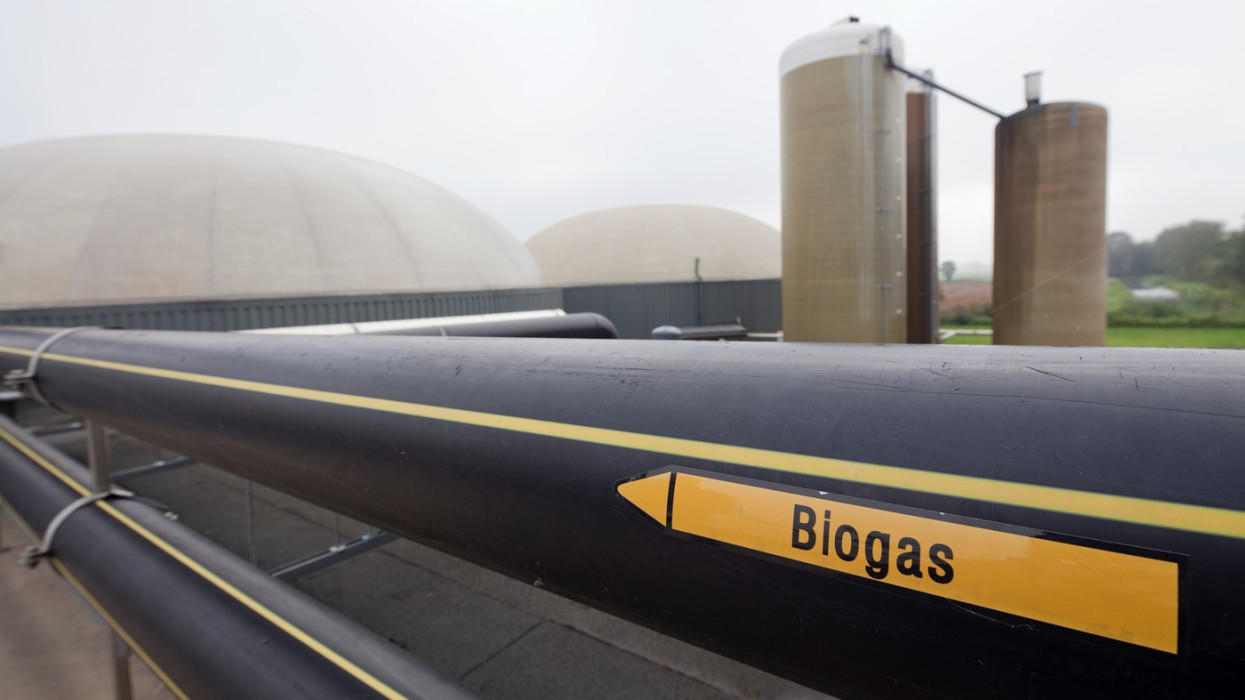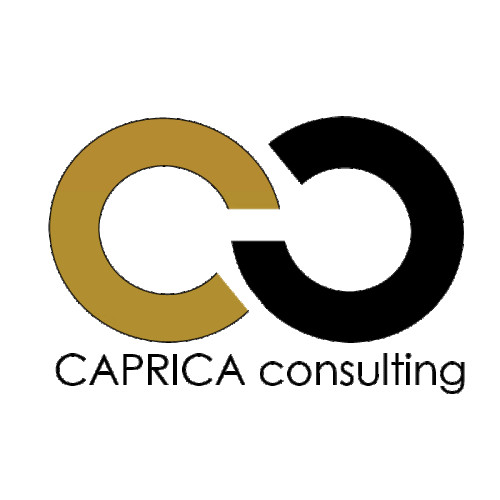Below we summarize the essentials: what is supported, with what intensity, who can apply, until when applications can be submitted, and what documents it is worth preparing.
The essence in brief
- Budget: HUF 40 billion; of this, HUF 18 billion specifically allocated for small-scale plants (biogas below 500 m³/h).
- Grant intensity (investment title): micro/small 65%, medium 55%, large 45%. In the case of de minimis, 100% is also possible for smaller items (subject to the overall EU ceiling of EUR 300,000).
- Grant amount:
- Small plant (below 500 m³/h): HUF 100–800 million
- Large plant (above 500 m³/h): HUF 200 million – 5 billion
- Submission: 28 Oct 2025, 10:00 – 30 Jan 2026, 16:00, with phased evaluation.
- Mandatory technical requirements: min. 10% capacity increase (biogas), RED II sustainability, only feedstocks under Gov. Decree 821/2021, heat utilization mandatory for power-generating plants, at least 75% of storage capacity must be ensured from own material.
Who can apply?
- Enterprises with at least 1 closed year.
- Consortia are possible (max. 5 members).
- Municipal or state ownership share is not an exclusion criterion.
- Exclusions include: tax arrears (NAV), enterprises in difficulty, EU repayment obligation, specified sectoral prohibitions.
What is supported?
Independently eligible (main) activities – examples:
- Feedstock and end-product logistics and storage: on-site (T/C/R category) vehicles and machinery; feedstock and digestate storage, in-/outfeeding, related machinery.
- Pre-treatment: feedstock reception, covered/closed pre-treatment; shredding/chopping; sorting, unpackaging; hygienization/sterilization.
- Anaerobic digestion: fermenters, biogas technology, gas collection and storage, pre-mixing tanks.
- Utilization: equipment for heat/power generation from biogas; on-site heat and gas transfer; processing of by-products (agriculture, sewage sludge).
Not independently eligible, but related items:
- Project preparation, management, public procurement, publicity, safety systems, traceability ERP, liquefaction/compression equipment, electricity grid connection.
- For plants above 500 m³/h, separately selectable elements (max. 45% together): biogas purification and CO₂ treatment, biomethane pipeline to place of use, biomethane heat/power for own use, CO₂ liquefaction, gas grid connection. For certain elements a total limit of max. 20% applies (e.g. grid connections).
Important: only sustainable feedstocks under RED II.
Financial framework and grant schemes
- Grant intensity: 65/55/45% (micro-small/medium/large) throughout the whole country.
- De minimis: for smaller, horizontal-type items; can be up to 100%, but the three-year ceiling of EUR 300,000 applies, at enterprise-group level.
- Advance payment: max. 30% (with collateral). The final 10% is disbursed upon acceptance of the closing report.
Eligible costs – what to plan?
- Project preparation: studies (feasibility, energy/economic, impact assessments), permitting, experts, public procurement.
- Design: permit, implementation, as-built plans; authority fees.
- Implementation: construction/expansion/renovation, technology installation, trial operation; related infrastructure; equipment purchase/commissioning.
- Software/licence: only with defined connection.
- Management and professional services, publicity.
Deadlines, phases, submission
- Time window: 28 Oct 2025 – 30 Jan 2026.
- Phases:
- Phase 1: 28 Oct – 27 Nov 2025
- Phase 2: 27 Nov – 29 Dec 2025
- Phase 3: 30 Dec 2025 – 30 Jan 2026
Evaluation – what earns points?
- Specific investment cost (max. 25 points).
- Organizational competence and capacity (max. 10 points).
- Technical compliance and sustainability (max. 10 points).
- Financial viability (max. 10 points).
- Quality of feasibility study (max. 10 points).
- Justification of costs, alignment with market prices (max. 10 points).
- Feedstock generated locally (yes: 5 points).
A minimum of 40 points is required for support; funding is allocated from the highest score downward.
4 tips for successful submission
- Score-driven planning: aim to reduce specific investment cost (technological optimization, realistic technical content) for the 25 points.
- Feedstock security: long-term (and auditable) feedstock contracts with RED II compliance; where possible, on-site/nearby source for the +5 points.
- Feasibility study: must be quantitative (capex/opex, GHG balance), with market price benchmarks, to also achieve the 10 points for “cost justification.”
- Timing: submit in the first phase (higher chance before early suspension).
For more information or advice, please fill out our contact form.


